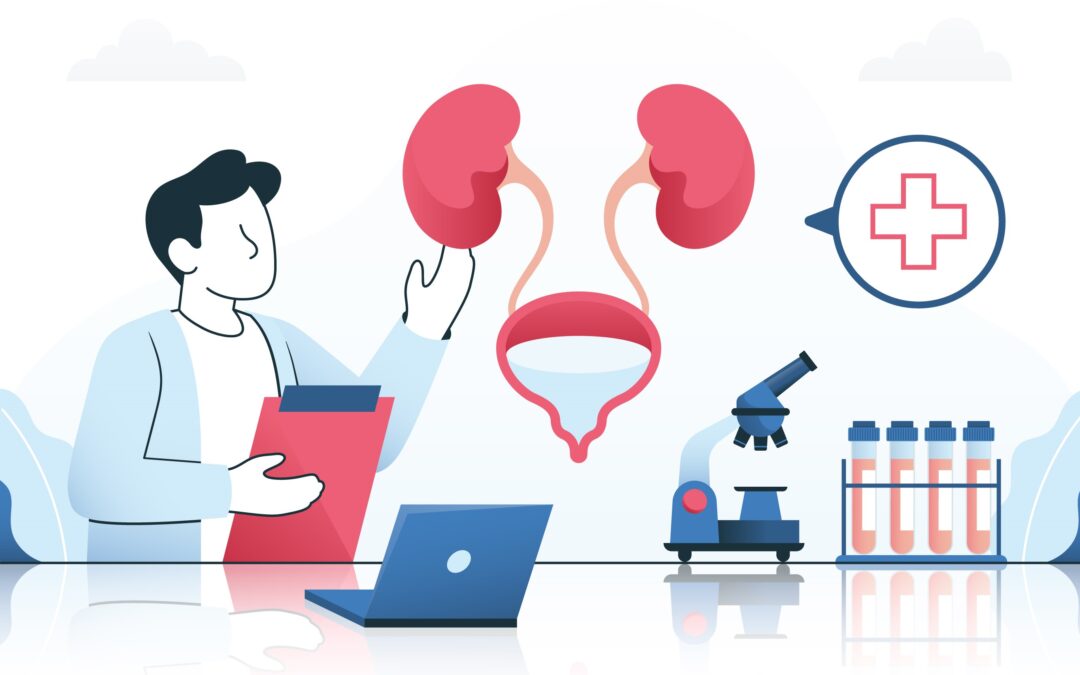Overactive Bladder (OAB) is a common condition characterized by a sudden and frequent urge to urinate, often leading to involuntary leakage. While prescription medications are commonly used to treat OAB, there are also over-the-counter (OTC) options and natural supplements available. Additionally, incorporating specific exercises into your routine can promote bladder health. In this article, we will cover the most popular prescription medications, OTC options, natural supplements, and exercises to help manage OAB.
Prescription Medications for OAB:
1. Anticholinergic medications: These drugs, such as oxybutynin and tolterodine, help relax the bladder muscle and reduce the frequency of contractions. They come in various forms, including tablets, patches, and gels. However, they may cause side effects like dry mouth, constipation, and blurred vision.
2. Mirabegron: This medication works by relaxing the bladder muscle and increasing its capacity to hold urine. It is typically well-tolerated and may be an alternative for those who cannot tolerate anticholinergic medications. Side effects may include increased blood pressure and rapid heartbeat.
Over-the-Counter (OTC) Options:
1. Bladder control pads: These absorbent pads can provide temporary protection against leakage. They are discreet and can be easily worn under clothing.
2. Herbal remedies: Some herbal supplements, such as pumpkin seed extract and corn silk, are believed to support bladder health. However, their efficacy is not well-established, and it is important to consult with a healthcare professional before using them.
Natural Supplements:
1. Cranberry extract: Cranberry supplements are commonly used to support urinary tract health. They may help prevent urinary tract infections, which can worsen OAB symptoms. However, more research is needed to determine their effectiveness specifically for OAB.
2. Saw palmetto: This natural supplement is often used to alleviate urinary symptoms, including frequent urination. While evidence is limited, some individuals report improvement in OAB symptoms with saw palmetto. Consultation with a healthcare professional is advised before starting any supplement.
Exercises for Bladder Health:
1. Kegel exercises: These exercises target the pelvic floor muscles, which support the bladder. By strengthening these muscles, you can improve bladder control and reduce OAB symptoms. To perform Kegel exercises, contract the pelvic floor muscles for a few seconds, then release. Repeat this exercise several times a day.
2. Bladder training: This technique involves gradually increasing the time between bathroom visits to improve bladder capacity. Start by voiding your bladder at set intervals and gradually lengthen the time between trips. This can help retrain the bladder and reduce the frequency of urges.
Sources:
– Mayo Clinic. (2021). Overactive bladder. Retrieved from https://www.mayoclinic.org/diseases-conditions/overactive-bladder/diagnosis-treatment/drc-20355703
– National Institute of Diabetes and Digestive and Kidney Diseases. (2017). Bladder control problems in women (urinary incontinence). Retrieved from https://www.niddk.nih.gov/health-information/urologic-diseases/bladder-control-problems-women
– Urology Care Foundation. (2020). Overactive bladder. Retrieved from https://www.urologyhealth.org/urologic-conditions/overactive-bladder-(oab)
Please note that the information provided in this article is for informational purposes only and should not replace professional medical advice. Consult with a healthcare professional before starting any medication, supplement, or exercise regimen for OAB.

